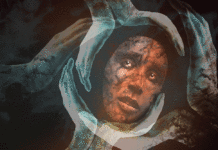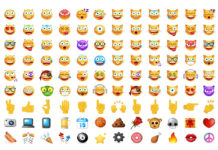A recent study explored the perceived dangers, symbolism and cultural framing surrounding opioid, heroin and maintenance treatment substances among licit and illicit drug users in Norway.
The researchers used data from three different types of drug users: marijuana smokers, illicit users of more powerful and addictive substances, and what researchers classified as “binge drinkers in the night-time economy.”
A total of 207 substance users were interviewed; of those, 123 spoke on opioid and/or heroin maintenance treatment, and 25 had personal experience with those drugs.
Researchers emphasized that various high-income countries showed that a new rise in heroin and opioid use was linked to an evolving public discussion on these drugs. In the U.S. and Europe, there was a tendency to adopt medical language that described addiction as a health disorder instead of regarding their actions as criminal in nature, which was the case until the ‘90s, according to the study.
The health care industry did not anticipate that the increased medical use of opioid-based drugs for maintenance like buprenorphine and methadone would lead to black market sales — resulting in misuse and increased opioid-related deaths.
The illicit use of those substances eventually led to some parallel social apprehensions and poor reputations commonly associated with heroin, the researchers suggested.
The study highlighted several links between perceptions of dangers regarding heroin and substances used for maintenance. The public at large gravitated toward identifying heroin use in a simplistic manner, which resulted in a schism between the minority group of addicts who misuse and have become dependent and the majority who do not use heroin or other opioids.
The researchers also declared that all drugs carried a symbolic meaning for people who use and don’t use them, which created distinctions or boundaries within different types of drug users. These boundaries were conveyed through ‘schemata of interpretation,’ typically implemented to comprehend complicated types of substance use.
Terms such as crack heads, junkies or meth moms can be extremely stigmatizing, the researchers added.
Maintenance treatment drugs presently carry more ambiguous symbolic perception than heroin, because many treatment professionals rely on them for their rehabilitative qualities. They are also important tools in current drug policies, despite critical concerns from other countries.
The study concluded that the participants perceived heroin in two interlinked ways: One perception focused on… (continue reading)

















